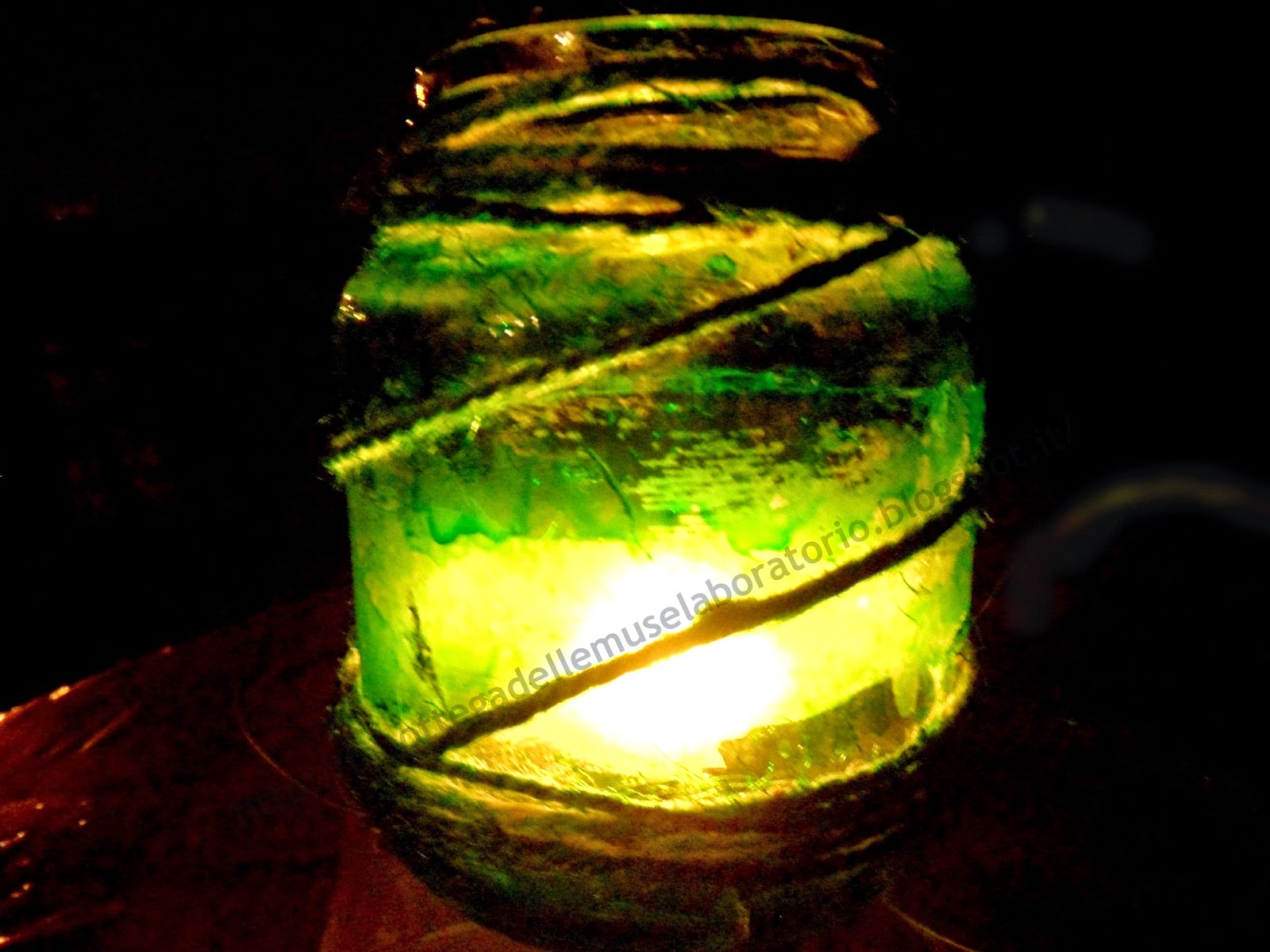San Giorgio è il santo protettore degli scout. Ogni anno in prossimità della festa viene fatto un campo che prende appunto il suo nome. Quest'anno da noi c'è stato un mega raduno di zona....tema : Harry Potter!!
Mia figlia Chiara è appunto una scout appassionata di Harry Potter, perciò l'impegno doveva essere massimo!!!
Per la bacchetta abbiamo preso ( dopo la potatura) un bel ramo di ulivo e con le sgorbie l'abbiamo lavorato...
St. George is the patron saint of scouts. Every year around the feast is done by a field that takes its name. This year we there was a mega gathering of area .... theme: Harry Potter!
My daughter Chiara is just a scout fond of Harry Potter, so the commitment was to be the maximum!
For the wand we took (after pruning) a nice olive branch and we worked with gouges ...
e poi colorato di nero ed oro con gli acrilici.
and then colored in black and gold with acrylics.
Per il mantello mi sono dovuta un pò scervellare...poco tempo e volevo farlo abbastanza uguale!
For the cloak I had to kinda puzzled ... little time and wanted to do it quite the same!
Sicchè sono ricorsa al cartamodello burda dell'accappatoio, modificandolo!
Ho utilizzato il modello A.
So that is resorted to burda pattern robe, modifying it!
I used the model A.
Vediamo cosa Serve :
1) Tessuto fodera rosso e nero (nero circa 3 mt) .
2) Filo per cucire tono su tono.
3) carta velina
4) accessori cucito
Let's See What Serve:
1) Fabric lining red and black (black about 3 meters).
2) Sewing thread tone on tone.
3) tissue paper
4) sewing accessories
Cominciamo!!
1) Ho evidenziato solo le parti che ci interessano:
9 è il cappuccio ( x due : stoffa nera fuori e rossa dentro)
1 e 3 sono i quarti dav e diet.
5 la manica
6 ed 8 sono la paramontura. Che burda chiama "ripiegatura"
(tutto rosso)
1) I have highlighted only the parts that interest us:
9 is the cap (x Two: black fabric outside and red inside)
1 and 3 are the quarter-dav and diet.
5 sleeve
6 and 8 are the placket. What burda called "folding"
(all red)
2) Regolatevi con la tabella delle misure x trovare la taglia che si avvicina di più alle vostre esigenze. Ricopiate il cartamodello con la carta velina. Sarà sulla velina che apporteremo le modifiche ,per evitare di rovinare il cartamodello di base.
2) regulator with x the size chart to find the size that is closest to your needs. Copied the pattern with tissue paper. It will be on the tissue that we make the changes, to avoid damaging the basic pattern.
3) Sono rientrata nel fianco di 4 cm x sagomarlo. Ed ho allargato il fondo di quasi 10 cm. ( così era più femminile). La paramontura 6 deve essere allungata x la lunghezza dei quarti (davanti e dietro)
3) I came back into the side of 4 'x sagomarlo. And I widened the bottom of almost 10 cm. (As it was more feminine). The placket 6 must be the length of the elongated x-quarters (front and back)
4)Iniziamo con le preparazioni. ( Non ho immagini, ero concentrata sul cucire).
Cmq. il cartamodello spiega bene come cucire il cappuccio (poi si perde!! )
Dovete unire il cappuccio nella parte bombata. rosso con rosso (cappuccio interno) ,e nero con nero (cappuccio esterno).
A questo punto avremo 2 lati interi ,che dovremo unire insieme su 3 bordi.
Posizioniamoli dritto contro dritto (nell'interno) e cuciamo i bordi (tutta la parte curva ) .Rovesciamolo.
4) Let's start with the preparations. (I do not have pictures, I was focused on sewing).
Anyway. the pattern clearly explains how to sew the cap (then you lose!)
You have to join the cap in the convex part. red to red (inner hood), and black to black (outer cap).
At this point we have 2 sides integers, that we join together on three edges.
Posizioniamoli right sides (inside) and sew the edges (all part of the curve). Revolt.
5) Prepariamo la paramontura o ripiego come lo chiama il cartamodello.
Dovremo unire il punto 8 (collo) ai due lati 6 .Cucire ovviamente solo nel collo.
5) Prepare the placket fallback or as he calls the pattern.
We'll have to add the section 8 (neck) on the two sides 6. Sew obviously only in the neck.
6) A questo punto cominciamo ad unire tutti i pezzi.
6) At this point we begin to unite all the pieces.
7) Uniamo i fianchi . Cioè Il davanti con il dietro dal lato del fianco, e poi le spalle.
7) We combine the hips. That is the front with the back side of the side, and then the shoulders.
8) Uniamo il cappuccio al collo. Posizioniamo il cappuccio dritto su dritto. Non preoccupatevi che per ora si veda la cucitura. Verrà nascosto dalla paramontura.
8) We combine the cap to the neck. We position the hood right sides together. Do not worry about that for now see the seam. Will be hidden by placket.
9) Poggiamo sopra il cappuccio la paramontura.cuciamo dal collo fino all'orlo di fondo. Rivoltiamo la paramontura verso l'interno. Tutte le cuciture spariranno.
9) We put the cap on the paramontura.cuciamo from neck to hem bottom. Revolt placket inwards. All seams disappear.
10) Il risultato dovrebbe essere questo.
11) Infine le maniche.: Ci sono molti modi per cucire le maniche. Ed in base al metodo che si sceglie cambiano le operazioni di cucitura di fianchi e spalle.
Io ho scelto di chiuderle e poi unirle al giro manica. Inserite la manica dal dritto nell'incavo. Appuntatela. Cucite dal rovescio.













































